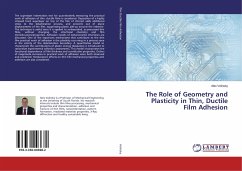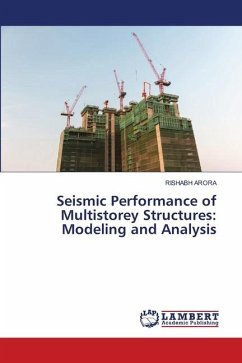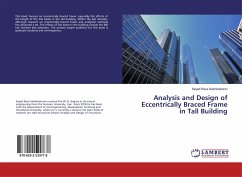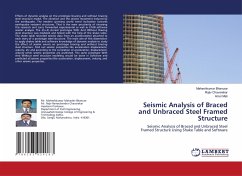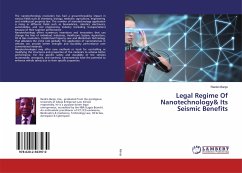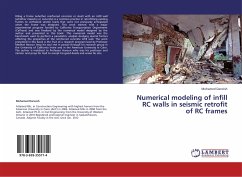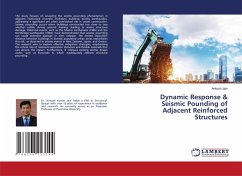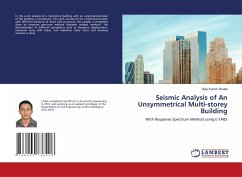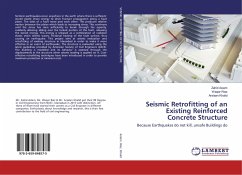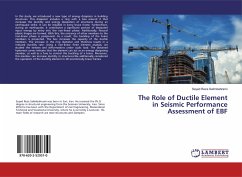
The Role of Ductile Element in Seismic Performance Assessment of EBF
Versandkostenfrei!
Versandfertig in 6-10 Tagen
27,99 €
inkl. MwSt.

PAYBACK Punkte
14 °P sammeln!
In this study, we introduced a new type of energy dissipater in building structures. This dissipater includes a ring with a box around it that increases the ductility and energy dissipation of structures during an earthquake strike. It can be installed in every brace frame. Furthermore, during an earthquake, it contributes a significant portion of dissipated input energy by entry into the non-linear phase. Additionally, flexural plastic hinges are formed. With this, the entrance of other members to the non-linear phase is postponed. As a result, the buckling of the brace members is prevented. ...
In this study, we introduced a new type of energy dissipater in building structures. This dissipater includes a ring with a box around it that increases the ductility and energy dissipation of structures during an earthquake strike. It can be installed in every brace frame. Furthermore, during an earthquake, it contributes a significant portion of dissipated input energy by entry into the non-linear phase. Additionally, flexural plastic hinges are formed. With this, the entrance of other members to the non-linear phase is postponed. As a result, the buckling of the brace members is prevented. The box increases the capacity of the ductile members. The increase in the ring diameter and thickness results in a reduced ductility rate. Using a non-linear finite element analysis, we studied the stresses and deformations under cyclic load. The obtained hysteresis curves indicate that the element can act as an energy dissipating member, as well as a fuse to control the buckling of a brace. Moreover, this member can increase ductility in structures.We additionally considered the operation of the ductility element in 2D eccentrically brace frames.



